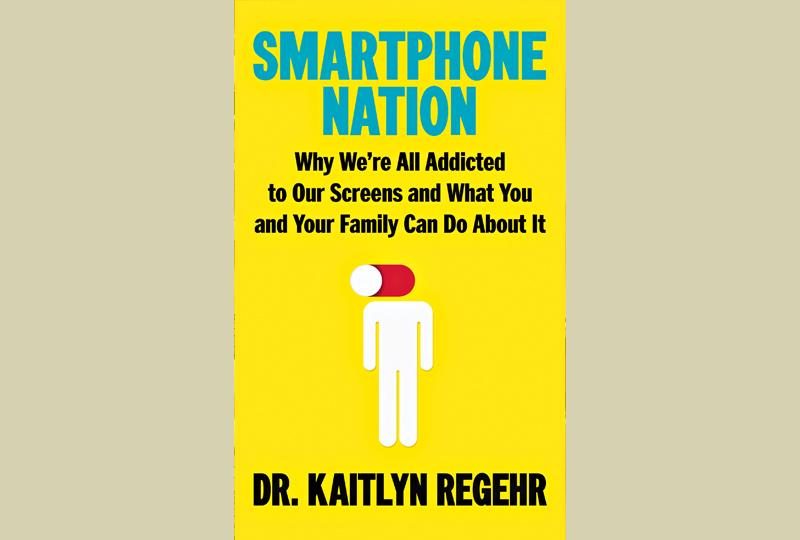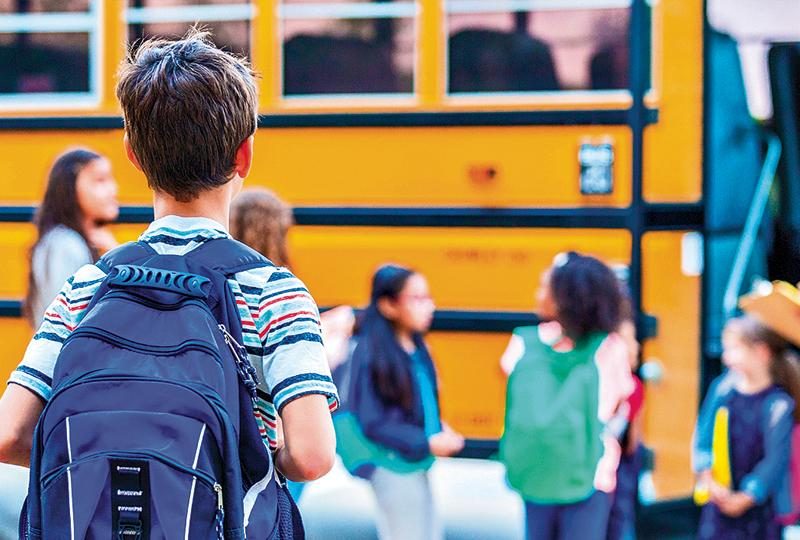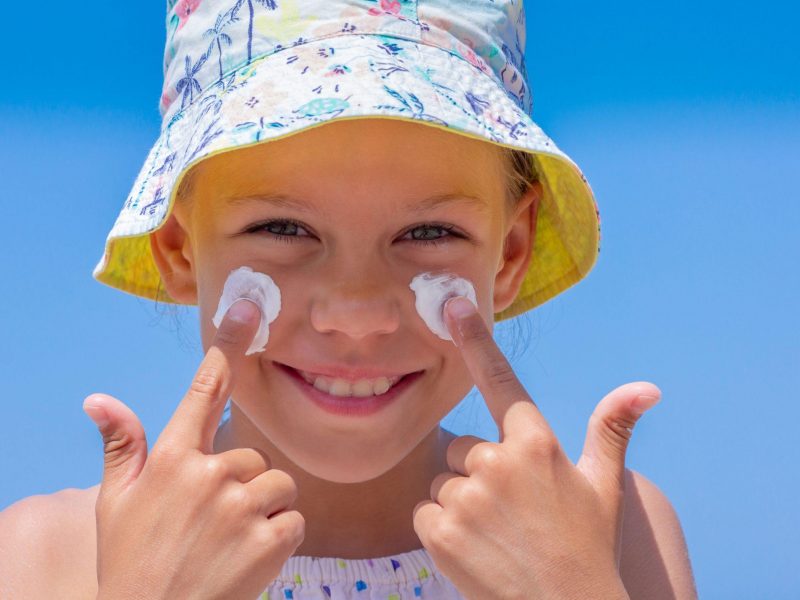Not Too Old To Cuddle
I get it that kids become less dependant on physical affection from their parents as they grow older. They move from babies who constantly need to be picked up, rocked, and held, to children who only need hugs when they’re hurt and cuddles when they’re sick, to teens who won’t admit they even want to see you, to adults who hopefully learn that they don’t mind the occasional hug from you after all. That progression is normal and not entirely unhealthy.
On the other hand, I think we rush kids through that process way too fast. Many kids are quick to give up hugs and hand holding because they want to feel like they’re older and more mature. Many parents are quick to allow that distance because giving physical affection takes time. The result is, I think, that lots of kids don’t ask for and don’t receive enough physical affirmation that they’re loved, even if they’re being shown love in other ways.
The thing is, there’s lots of research showing that affirming physical contact like hugs, hand holding, and cuddles are really effective in relieving loneliness, depression, anxiety, and stress – all issues that have been increasing rapidly among children. A good hug or a cuddle promotes a sense of trust and safety, enables open communication, boosts oxytocin and serotonin levels, strengthens the immune system, increases self-esteem, relaxes muscles, releases tension, balances the nervous system, and builds strong relationships. That’s quite a list of benefits from something so simple.
Now, some of the sources I’ve seen recommend that everyone should have at least 8 to 12 hugs a day, but that might feel like a stretch for some people, especially if your family isn’t the touchy-feely sort, so I’d suggest setting goals that are realistic for you and then building on them. Make sure your kids get hugs before they head off to school, for example, and when they arrive home. Maybe when you first see them in the morning is a good time, and when they go to bed at night. That’s four times already, and you haven’t even really pushed yourself yet.
Your kids might be resistant at first, which is fair. After all, if you haven’t been giving hugs regularly, it’s bound to feel a bit strange if you just start handing them out willy nilly. It might help to tell them what you’re up to and why. Let them know the benefits of what you’re doing. Make it a family effort to increase the amount of physical affection that people are giving and receiving.
It also might help (it certainly does with mine) to make a game of it. I don’t try to make hugs be all serious. Sometimes they are (like when someone is hurt or sad), but usually I play up the fact that they think they’re too big for hugs. When I drop them off for school, I overact the whole thing, give them big kisses on the cheeks and tell them that I’ll miss my babies. In return, they make a show of being embarrassed, but they always end up laughing, and I can tell that they’re pleased, even if they can’t admit it in front of their friends.
Some kids do better with this than others, of course. Some really don’t like much physical contact, and some have been through traumatic events that make even a little bit of affection difficult. It’s important not to force things on them if they aren’t comfortable, but it’s also important to find ways to make physical contact with them in ways that they can manage. If hugs and cuddles are too scary, maybe a high five or a pat on the back will work.
The important thing is to make sure that kids (and parents too) experience physical affection in ways that affirm them and let them know they’re truly loved. It’s never too early to start.





